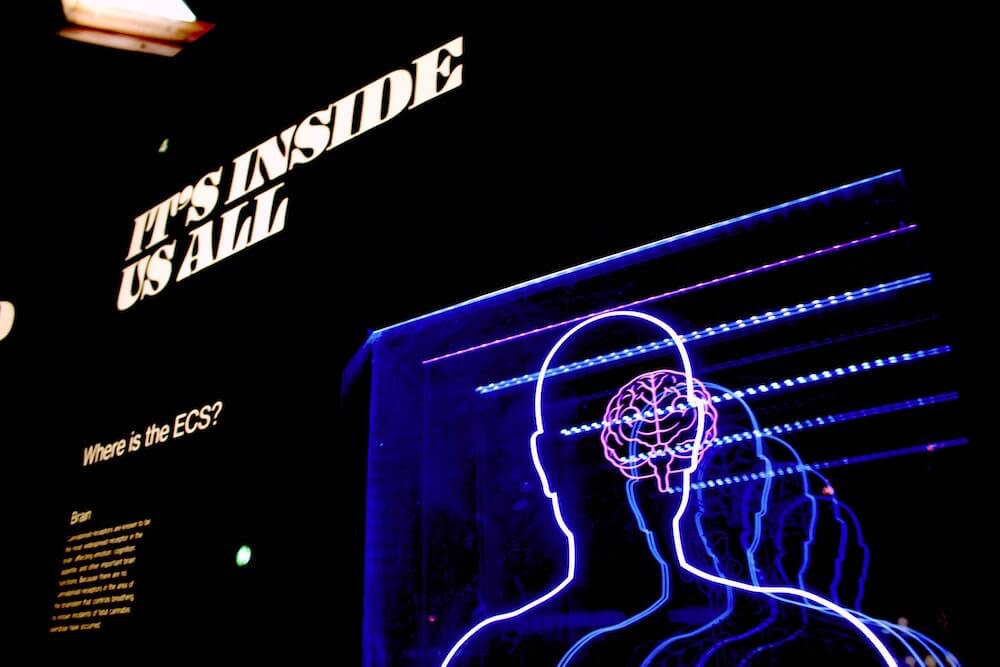How neuroscience saves lives
One billion people suffer from neurological disorders. Science might have answers, yet progress is costly. Let’s look at the most expensive neuroscience research projects.

The human brain as the final frontier
The human brain remains one of the greatest mysteries today. We landed on the Moon and explored the ocean depths, but our consciousness is not fully understood yet. The nervous system makes people unique, drives their every move and decision, and regulates vital bodily functions. Its most prominent part, the brain, is a powerful thing, and any malfunctions in it can have severe consequences.
Nearly one billion people suffer from neurological disorders, according to the data gathered by the UN World Health Organization over the past two decades. Research and funding of governmental and private institutions focus on brain recovery, treating severe neurological dysfunctions, and enhancing human potential.
Neuroscience combines many fields of study to achieve a 360-view and deep understanding of the nervous system and the human brain in particular. Its scope is enormous, and the public interest in what neurons and neural circuits can do has grown in recent years.
Investors donate hundreds of millions to projects that can potentially fight debilitating neurological dysfunctions or significantly boost brain functions. Additionally, large research institutions and clinical facilities worldwide get involved, raising the projects’ chances for success.
Let’s take a deeper look at some severe neurological issues treated by revolutionary (and expensive) neuroscientific projects.
Up next, we’ll discover: How does a “pacemaker for the brain” stop seizures? Can we block the neural signal that delivers pain? What does a portable brainwave scanning device look like and how does it make you sleep better?
Drug-resistant epilepsy
Epilepsy is an umbrella term that includes various conditions with one thing in common: brain-induced seizures. They manifest differently, depending on the part of the brain involved.
A person might go into a “fit” (uncontrollable jerking and shaking), lose awareness of the surroundings, become stiff, sense tingling feeling in arms or legs, collapse, or lose consciousness. The aftermath of the seizures is often unpleasant, even if it doesn’t involve serious trauma (for example, from falling over): fatigue, thirst, nausea, and memory loss to name a few.
